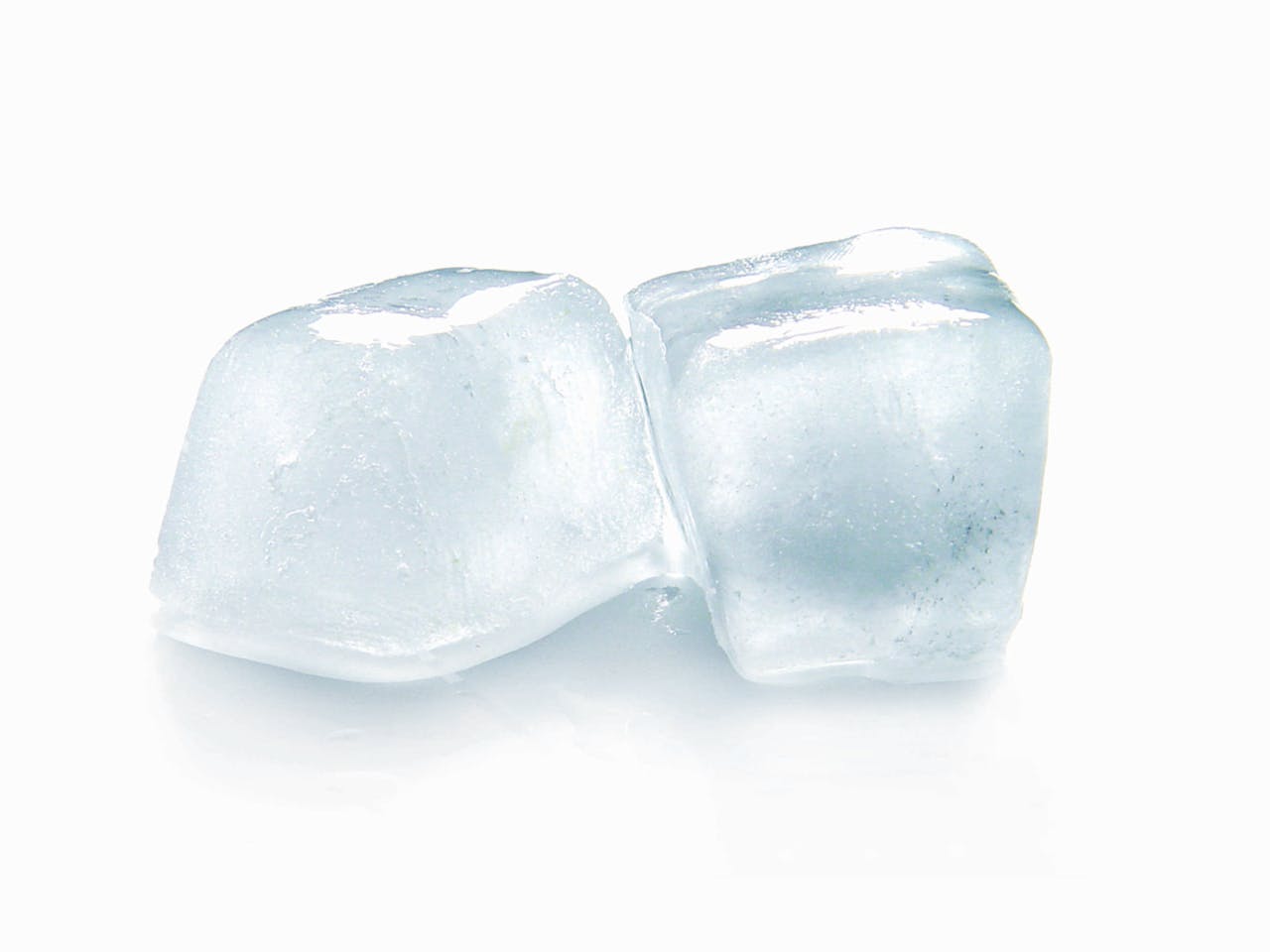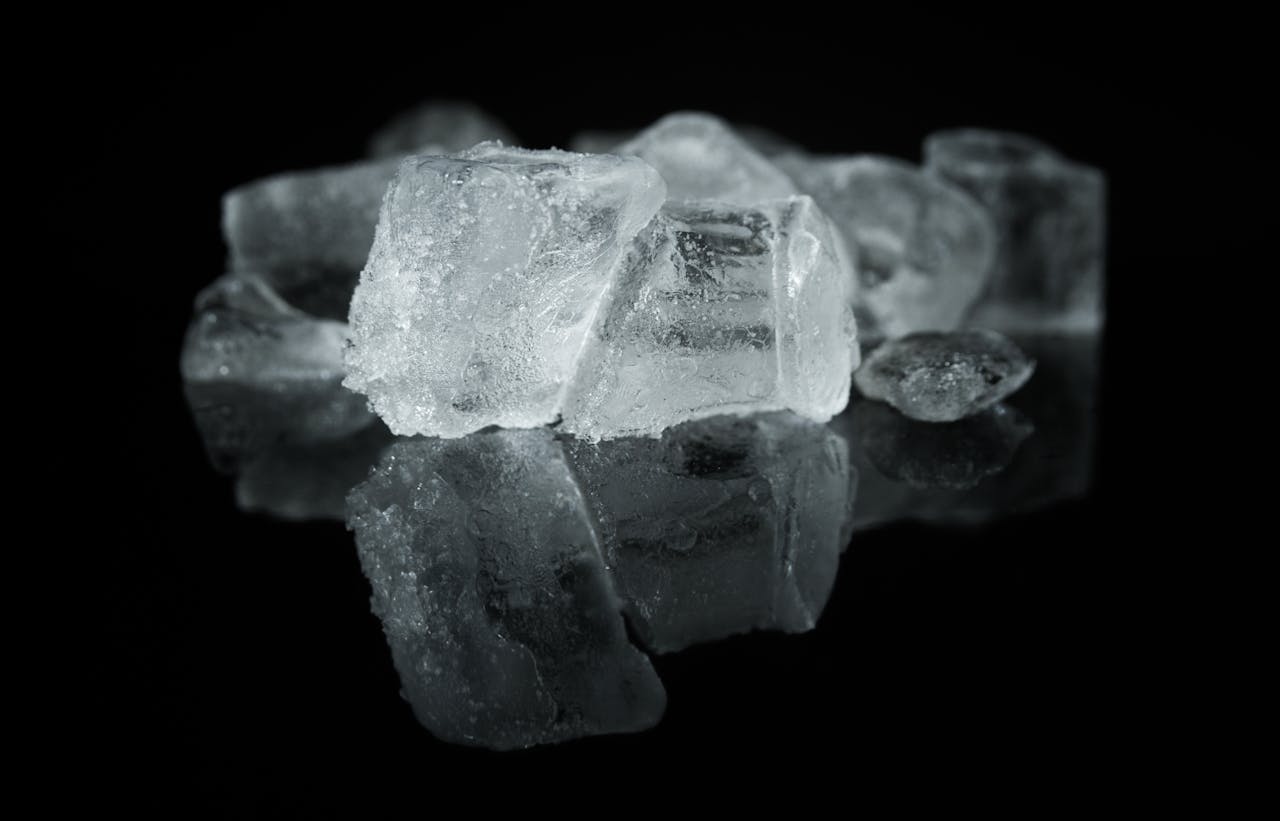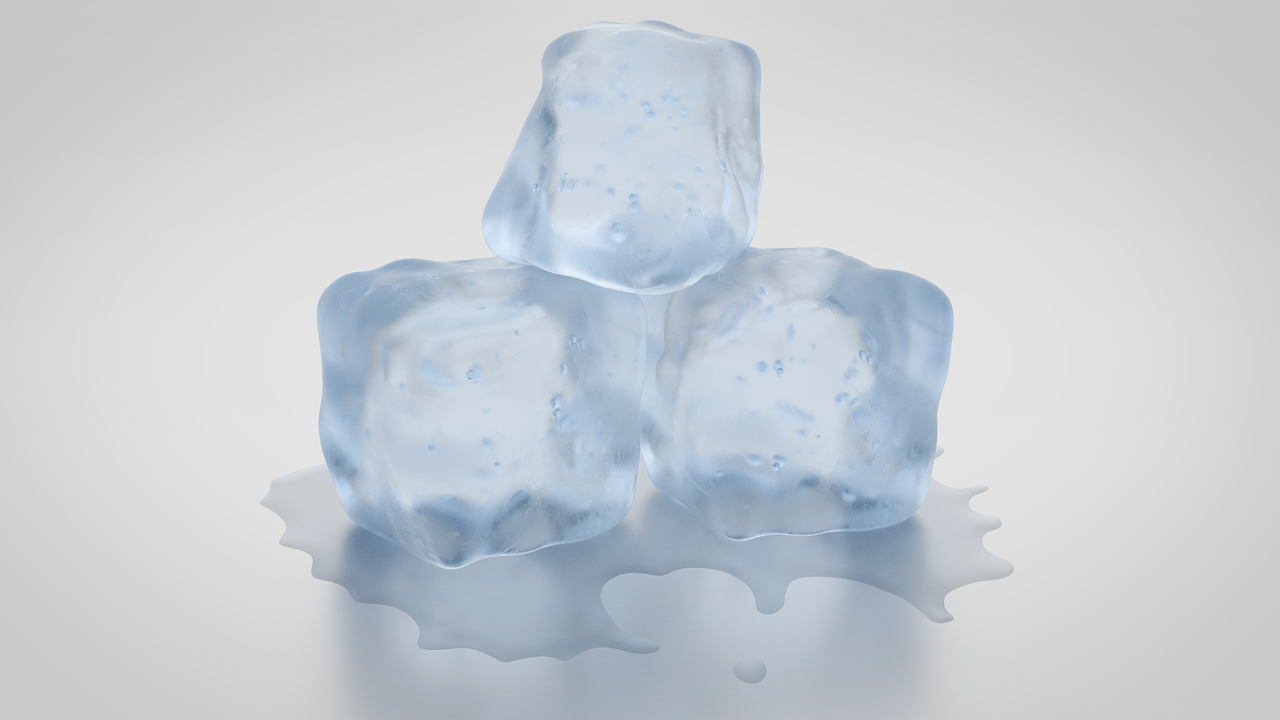Before your next culinary adventure, be prepared to tackle these challenges head-on. From uneven heating and faulty temperature settings to unpredictable hot spots and worn-out seals, understanding these ten oven problems is crucial for baking success. Don’t let a malfunctioning oven ruin your baking endeavors – arm yourself with the knowledge to troubleshoot and prevent these issues. Stay tuned as we delve into the top ten oven issues every home baker should be aware of to ensure your next bake is a delicious triumph.

1. Recognizing Oven Problems
A. Uneven Baking
Adjusting the oven rack positions is crucial to ensure even heat distribution throughout the baking process. By placing your trays in the center of the oven, you can avoid issues like burnt edges or undercooked centers. Rotating your baking trays halfway through baking helps achieve uniform results by exposing all sides of your baked goods to consistent heat. To maintain precise control over your oven’s temperature, consider using an oven thermometer to monitor accuracy and make necessary adjustments.
B. Oven Not Heating
To troubleshoot an oven that is not heating, start by verifying if it is receiving power. Check the circuit breaker and ensure that it is switched on. Testing the heating element for continuity using a multimeter can help determine if it is functioning correctly. Inspecting the thermostat for functionality and calibration ensures that your oven maintains the desired temperature throughout the baking process.
C. Faulty Temperature Sensor
A faulty temperature sensor can lead to inaccurate temperature readings and uneven baking results. Ensure that the sensor is positioned correctly within the oven cavity to provide accurate feedback to the thermostat. Regularly cleaning the sensor with a gentle cleanser can help maintain its accuracy and prevent buildup that may affect its performance. If you continue to experience temperature discrepancies despite cleaning, consider replacing the sensor with a new one to restore your oven’s precision.
D. Broken Heating Element
Detecting a broken heating element involves checking for visible signs of damage, such as burns or breaks in the coil. Testing the element for continuity with a multimeter can confirm whether it is malfunctioning and needs replacement. For safety and efficiency reasons, it is advisable to hire a professional technician to replace the heating element if necessary.
2. Solutions For Common Issues
A. Check Airflow
- Clear any obstructions blocking the oven vents.
- Ensure proper spacing around the oven for adequate airflow.
- Clean the fan blades to maintain efficient airflow circulation.
B. Keep The Door Shut
- Avoid opening the oven door frequently while baking.
- Use the oven light to check on food instead of opening the door.
- Prevent heat loss by keeping the door closed during baking.
C. Recalibrate Oven
- Follow manufacturer instructions to recalibrate the oven.
- Use an oven thermometer to verify temperature accuracy post-recalibration.
- Seek professional help if recalibration doesn’t resolve issues.
D. Avoid Overcrowding
- Bake in batches to prevent overcrowding.
- Leave space between baking dishes for proper air circulation.
- Opt for larger baking sheets to accommodate more items without overcrowding.
3. Understanding Oven Mechanics
A. How Ovens Cook
Ovens cook from the outside in, meaning heat penetrates food gradually from the surface to the center. Hot air circulates inside the oven, ensuring even cooking by transferring heat to all sides of the dish. The browning process initiates on the outer layer, enhancing flavor and texture.
B. Importance Of Temperature Control
Accurate temperature settings are crucial for successful baking outcomes. Temperature control dictates how ingredients react during baking, influencing rise, texture, and flavor. Consistent temperature maintenance guarantees that baked goods cook uniformly and reach optimal doneness.
C. Role of Heating Elements
Heating elements are responsible for generating heat within ovens. Functional heating elements play a vital role in creating the ideal baking environment by evenly distributing heat. Electric ovens utilize electric coils or ceramic elements, while gas ovens rely on flames for heat production.
D. Significance of Airflow
Airflow significantly impacts the results of baking endeavors. Proper ventilation ensures that hot air circulates effectively around the food, promoting uniform cooking. Restricted airflow can lead to unevenly baked goods, causing some areas to be undercooked while others are overdone.
4. Preventative Measures
A. Regular Maintenance
Creating a maintenance schedule is crucial for keeping your oven in top condition. By regularly cleaning and checking the oven, you can prevent issues before they escalate. This simple practice can significantly extend the lifespan of your appliance.
Regular maintenance not only ensures optimal performance but also enhances safety. Make it a habit to clean the oven door, racks, and interior to prevent any build-up of grease or food residue. Check the seals and hinges for wear and tear to avoid heat leakage during baking.
To maintain different oven components effectively, focus on specific tasks. For example, clean the oven racks with warm soapy water or use a mixture of vinegar and baking soda for stubborn stains. For the oven door, wipe down both inside and outside surfaces regularly to keep it looking new.
B. Preheat Properly
Preheating the oven before baking is a fundamental step that should not be overlooked. It allows the oven to reach the desired temperature evenly throughout, ensuring consistent cooking results every time.
When you preheat your oven according to the recipe’s instructions, you set the stage for successful baking. Different recipes may require varying preheating times, so always refer to the recipe guidelines for accurate temperature settings.
For most recipes, preheating between 15 to 30 minutes is recommended to guarantee that your oven reaches the desired temperature. This step is essential for items like cakes and cookies that require precise baking conditions for optimal texture and taste.
C. Use Oven Thermometer
Using an oven thermometer is a game-changer when it comes to achieving accurate cooking temperatures. While some ovens come with built-in thermometers, these may not always provide precise readings due to calibration issues.
To ensure your oven is heating up correctly, place an oven thermometer inside and compare its reading with the set temperature. This simple tool can help you adjust accordingly and achieve consistent cooking results every time you bake.
For best results, position the oven thermometer in the center of the oven cavity, away from any walls or racks that could affect its accuracy. Regularly calibrating your oven thermometer will ensure that it remains reliable for all your baking needs.
D. Clean Regularly
Maintaining a consistent cleaning routine for your oven is vital for both hygiene and performance reasons. Cleaning different parts of the oven regularly prevents grease buildup, reduces odors, and improves overall efficiency during baking sessions.
When cleaning your oven, pay special attention to areas like the oven door, interior walls, racks, and even vents if applicable. Using safe yet effective cleaning products designed specifically for ovens will help maintain cleanliness without damaging any components.
5. Advanced Tips For Better Baking
A. Baking Rack Positioning
When baking, place the rack in the middle position for even heat distribution and consistent results. For items needing crispy bottoms, position the rack lower. To prevent excessive browning on top, use the upper racks.
The positioning of your baking rack plays a crucial role in achieving the desired baking outcomes. By placing the rack correctly, you ensure that your baked goods are evenly cooked and have the perfect texture. For example, cookies placed on a higher rack may brown too quickly due to closer proximity to the heat source.
B. Using The Right Bakeware
Select bakeware that suits your recipe; for delicate items like cakes, opt for light-colored pans to prevent over-browning. Non-stick pans are ideal for easy release of baked goods and hassle-free cleaning.
Choosing the right bakeware is essential for successful baking. Different materials conduct heat differently, impacting how your baked goods turn out. For instance, glass pans retain heat longer than metal ones, which can affect baking times and temperatures.
C. Adjusting for Hot Spots
Identify hot spots by placing slices of white bread on an empty oven rack; areas where bread browns unevenly indicate hot spots. To counter this, rotate your pans halfway through baking or use a pizza stone to distribute heat evenly.
Ovens often have hot spots that can lead to uneven baking. By recognizing these areas and making adjustments during baking, such as rotating trays or using insulated baking sheets, you can ensure that your treats bake uniformly.
D. Monitoring Baking Progress
To monitor without opening the door, use an oven-safe thermometer to gauge temperature accuracy. Utilize timers and peek through the oven window instead of opening the door frequently to maintain consistent temperatures.
Keeping an eye on your baked goods’ progress without constantly opening the oven door is key to successful baking. By using tools like timers and relying on visual cues through the oven window, you can avoid temperature fluctuations that may affect your final product.
6. Light Not Working
Symptoms
- The interior light does not turn on when the door is opened or when manually switched on.
Causes
- Burnt-Out Bulb: The light bulb may have burnt out.
- Faulty Light Socket: The socket could be damaged.
- Electrical Issues: Problems with the wiring or control board.
Solutions
- Replace the Bulb: Replace the burnt-out bulb with a new one.
- Check the Socket: Inspect the socket for damage and replace if necessary.
- Inspect Wiring: Check for loose or damaged wires and repair them.
7. Excessive Smoking
Symptoms
- The oven produces a lot of smoke during cooking.
Causes
- Food Residue: Grease and food particles can cause smoke.
- Incorrect Temperature: Cooking at too high a temperature can cause burning and smoking.
- Faulty Heating Elements: Damaged elements can cause uneven heating and smoke.
Solutions
- Clean the Oven: Regularly clean the interior to remove grease and food residue.
- Adjust Cooking Temperature: Follow recipe instructions for the correct temperature.
- Inspect Heating Elements: Check for damage and replace if necessary.
8. When To Seek Professional Help
A. Persistent Uneven Baking
Persistent uneven baking can be frustrating, but troubleshooting can help pinpoint the issue. Check for uneven rack positioning or oven hot spots causing the problem. Advanced tips include calibrating the oven, rotating pans during baking, and using baking stones for even heat distribution. If issues persist despite troubleshooting efforts, it’s advisable to seek professional assistance to diagnose and resolve complex problems effectively.
B. Continual Heating Failures
Recurring heating failures may stem from faulty heating elements or thermostat malfunctions. Address these issues by cleaning the heating elements, checking the thermostat calibration, and ensuring proper ventilation around the oven. For long-term solutions, consider replacing damaged components or investing in a new oven if repairs are not feasible. Promptly addressing heating failures is crucial to prevent further damage and ensure consistent baking results.
C. Electrical Issues
Common electrical problems in ovens include faulty wiring, defective fuses, or malfunctioning controls. Safely troubleshoot these issues by checking the power supply, inspecting wiring for damages, and testing the continuity of fuses with a multimeter. If you encounter complex electrical problems or feel unsure about handling them safely, it’s best to seek professional help to avoid any risks of electric shocks or further damage to the appliance.
D. Sensor or Element Replacement
When dealing with sensor or element replacements, follow specific guidelines for each task. Replace temperature sensors by disconnecting power, removing the sensor from its position, installing a new one correctly, and reconnecting power afterward. Similarly, replace heating elements by turning off power sources, unscrewing old elements carefully, inserting new ones securely, and testing the oven’s functionality post-replacement. Always prioritize safety by wearing protective gear and ensuring proper insulation when handling sensor or element replacements.
9. Enhancing Your Baking Experience
A. Upgrade Options
Upgrade your baking experience by exploring modern oven features that cater to various cooking needs. Consider different oven models with advanced functionalities to enhance your baking process. Comparing these options can help you make an informed decision based on your specific requirements.
When looking to elevate your baking game, consider the benefits of upgrading to newer oven technologies. These advancements can streamline the cooking process, offering more precise temperature control and improved cooking results. Investing in a modern oven can significantly impact the quality of your baked goods.
B. Smart Oven Features
Integrate smart oven features into your kitchen for added convenience and efficiency during the baking process. Smart ovens offer remote control and monitoring capabilities, allowing you to adjust settings from anywhere. Embrace these technological advancements to simplify your cooking routine and achieve consistent results.
Incorporating smart technology in baking not only saves time but also enhances precision in temperature regulation and cooking times. Enjoy the advantages of a smart oven, such as preheating remotely before you even step into the kitchen. These features revolutionize the way you approach baking tasks.
C. Energy Efficiency Tips
Adopt energy-saving practices to make your baking sessions more environmentally friendly and cost-effective. Reduce energy consumption by utilizing efficient oven settings and avoiding unnecessary preheating. Simple adjustments like using glass or ceramic pans can help retain heat better, optimizing energy usage.
Maximize oven efficiency while saving energy by utilizing residual heat for additional dishes after turning off the oven. Properly sealing the oven door ensures heat retention, reducing overall energy wastage during baking sessions. Implementing these tips not only benefits the environment but also helps lower utility bills over time.
D. Baking Accessories
Enhance your baking outcomes by investing in essential accessories tailored for home bakers. Certain tools like silicone mats, digital scales, and cooling racks play a crucial role in improving baking results. These accessories contribute to precise measurements, even baking, and efficient cooling processes.
Must-have baking tools for every kitchen include items like quality mixing bowls, measuring spoons, and a reliable oven thermometer. These essentials ensure accuracy in recipes, proper ingredient incorporation, and precise temperature monitoring during baking tasks. Equip your kitchen with these accessories for seamless and successful baking experiences.
10. Inaccurate Temperature Readings
Symptoms
- Baked goods are undercooked or overcooked despite following recipe instructions.
- The oven temperature does not match the set temperature.
Causes
- Thermostat Calibration: The thermostat may need recalibration.
- Faulty Temperature Sensor: The sensor might not be accurately measuring the oven’s temperature.
Solutions
- Calibrate the Thermostat: Refer to the oven’s manual for instructions on recalibrating the thermostat.
- Test and Replace the Temperature Sensor: Use a multimeter to test the sensor’s resistance. Replace if it’s out of range.
Final Remarks
Now that you’re equipped with a better understanding of oven issues, solutions, mechanics, preventative measures, advanced tips, and when to seek professional help, you’re well on your way to enhancing your baking experience. By recognizing these common problems and taking proactive steps to address them, you can ensure smoother baking sessions and delicious results every time. Don’t let oven issues dampen your culinary adventures – tackle them head-on with the knowledge you’ve gained.
Incorporate these insights into your baking routine and watch how your creations level up. Experiment with newfound tips and tricks, troubleshoot effectively and enjoy a hassle-free baking journey. Remember, a well-maintained oven is the secret ingredient to perfect bakes every time!
Frequently Asked Questions
1. What Are Some Common Oven Issues That Can Affect Baking?
Common oven issues include temperature fluctuations, uneven heating, faulty thermostat, and poor insulation. These problems can lead to undercooked or burnt baked goods.
2. How To Improve Baking Results If The Oven Isn’t Baking Properly?
To enhance baking results in a malfunctioning oven, consider using an oven thermometer for accurate temperature readings, rotating pans halfway through baking, and adjusting recipes for longer or shorter cooking times.
3. What Are Some Preventive Measures To Avoid Future Oven Problems?
Regularly clean your oven to prevent buildup that can affect its performance, avoid slamming the oven door to maintain the seal, schedule professional maintenance checks annually, and be mindful of not overloading the oven with too many items at once.
4. When To Consider Seeking Professional Help For The Oven Issues?
If you’ve tried troubleshooting basic problems like cleaning and recalibrating the thermostat without success, or if you notice unusual smells, sparks, or smoke coming from your oven during use, it’s advisable to contact a professional technician for inspection and repairs.
5. How Can Advanced Baking Tips Help Achieve Optimal Results?
Advanced tips such as using convection settings for even heating, preheating the oven adequately before baking, investing in quality bakeware, and experimenting with different rack placements can elevate your baking skills and ensure consistent results.
Zuta Appliance Repair: Revitalizing Berkeley Kitchens with Premier Oven Services
In the dynamic atmosphere of Berkeley, CA, where the fast pace of life demands reliability in every aspect, Zuta Appliance Repair emerges as your essential partner in keeping your kitchen running smoothly. Understanding the vital role your oven plays in preparing nourishing meals for your family and optimizing your cooking efficiency, we are dedicated to delivering exceptional oven maintenance and repair services. With Zuta Appliance Repair, you gain more than just a service; you receive a steadfast commitment to quality, integrity, and environmental responsibility, all focused on enhancing your home’s functionality and your overall quality of life.
Solve a wide range of oven issues with Zuta Appliance Repair, where our specialized repair services rejuvenate your appliance, extend its lifespan, and bring noticeable reductions in energy bills. Our skilled team, equipped with unrivaled expertise and a friendly demeanor, ensures that your oven maintenance needs are addressed with efficient and eco-friendly solutions. This isn’t just about repairs; it’s about providing the peace of mind that comes with a perfectly functioning kitchen, making Zuta Appliance Repair an essential choice for every Berkeley homeowner.
Make today the day you choose to enhance your kitchen’s efficiency and protect the heart of your home from premature wear and tear. With Zuta Appliance Repair, you’re not just choosing repairs; you’re opting for a lifestyle upgrade. Ready to transform your kitchen and life? Contact us now at (415) 592-4633, and let Zuta Appliance Repair extend the life of your oven, ensuring it remains a central part of your daily life, offering convenience, efficiency, and peace of mind.
Disclaimer
The materials available on this website are for informational and entertainment purposes only and not to provide legal or professional advice. You should contact your attorney or home improvement specialist to obtain advice concerning any particular issue or problem. You should not act or refrain from acting based on any content included in this site without seeking legal or other professional advice. The information presented on this website may not reflect the most current home improvement developments. No action should be taken in reliance on the information on this website. We disclaim all liability concerning actions taken or not taken based on any or all of the contents of this site to the fullest extent permitted by law.







